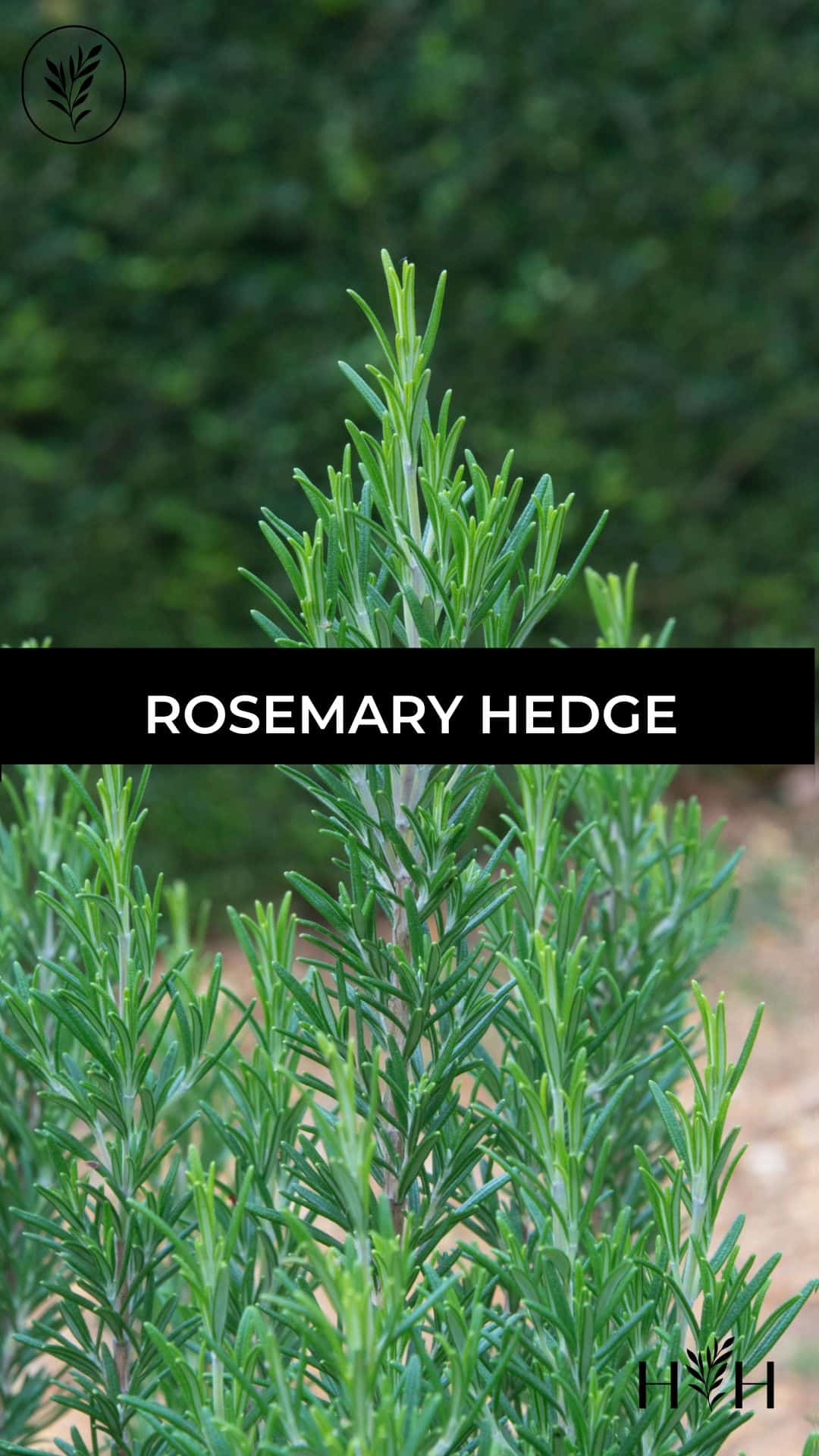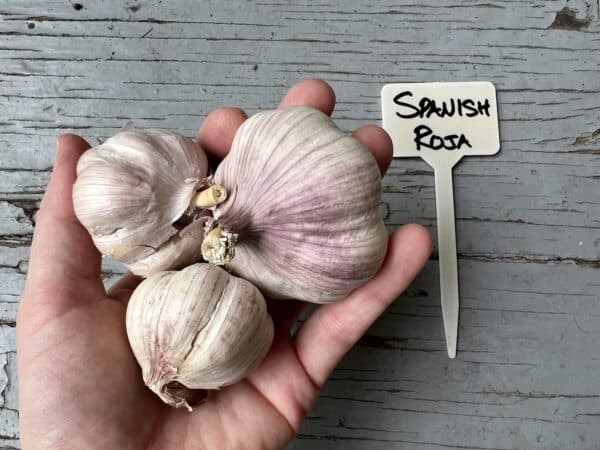While many people plant rosemary as a single plant, this fragrant little shrub can be grown as a hedge given the proper care. Growing rosemary as a hedge provides a uniform look and a fresh, evergreen scent to any garden. So, if you’re new to these scented evergreens as hedging plants, keep reading to learn how to plant and care for rosemary hedges!
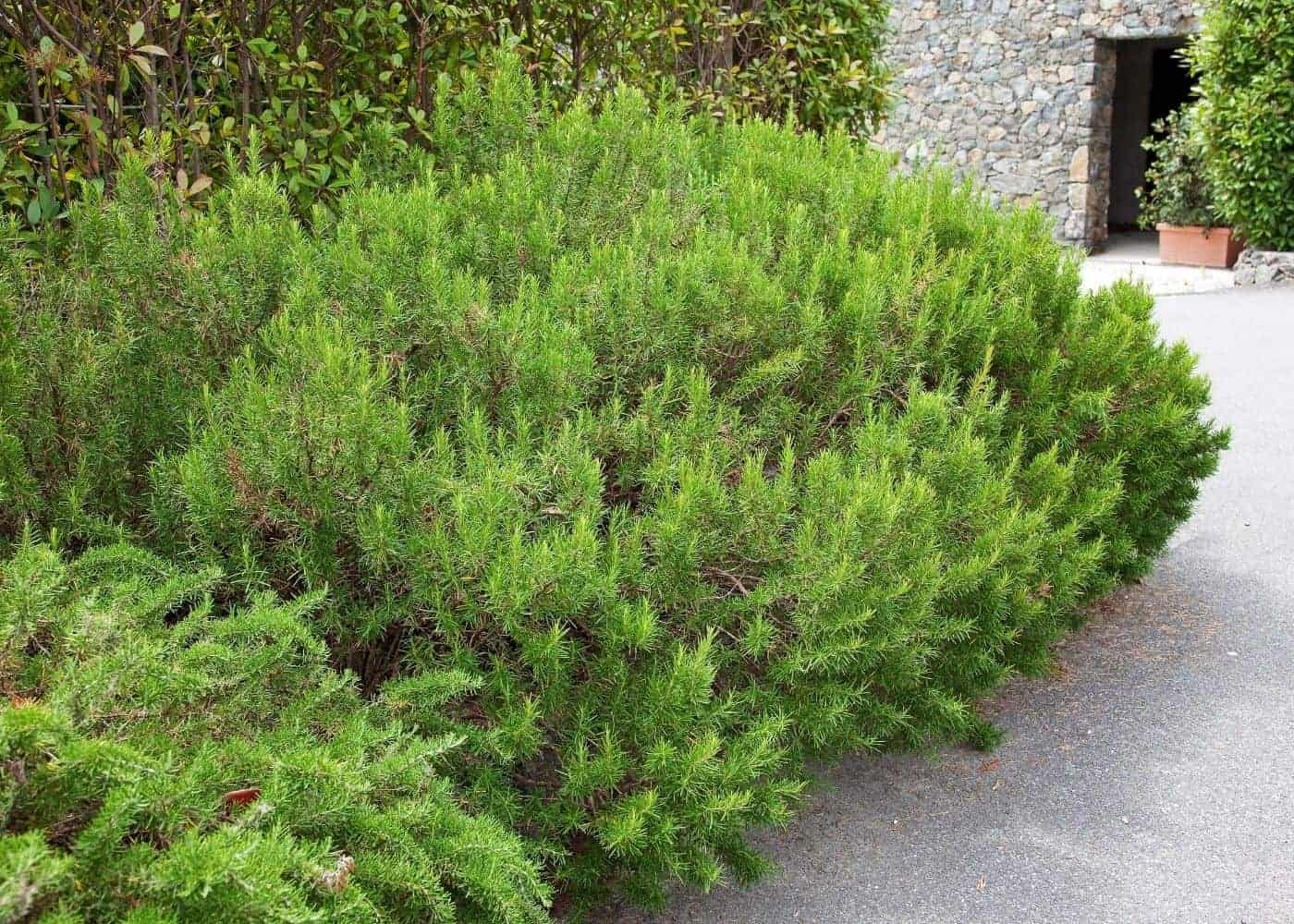
Rosemary hedge basics
A rosemary hedge consists of tightly-spaced rosemary bushes that form a row or low hedge. Many people use rosemary hedges to line gardens or pathways as part of their home landscaping. Rosemary hedges have a lovely scent, typically require only annual pruning, and are quite drought-resistant once established.
prune each spring to maintain shape. the main stems can be cut back by 1/2 of their length or more if required for a more formal hedge shape
Advantages of growing a rosemary hedge
Planting a rosemary hedge has its advantages:
- Planting a rosemary hedge provides a fragrant border around your garden or home. The fresh, evergreen scent will waft throughout your garden, providing a refreshing wave of fragrance.
- Rosemary is a hardy plant that can withstand droughts and harsh temperatures. Therefore, planting a rosemary hedge gives you a long-lasting border around your garden!
- Planting a rosemary hedge gives you access to many culinary opportunities such as making rosemary bread and oil.
- Planting a rosemary hedge gives you privacy. Because rosemary plants can grow up to 6 feet tall, tightly spaced rosemary bushes, provide extensive privacy.
- A rosemary hedge welcomes beneficial garden insects while repelling harmful ones. If you have a particular plant that needs protection from harmful insects, planting a surrounding rosemary hedge will do the trick!
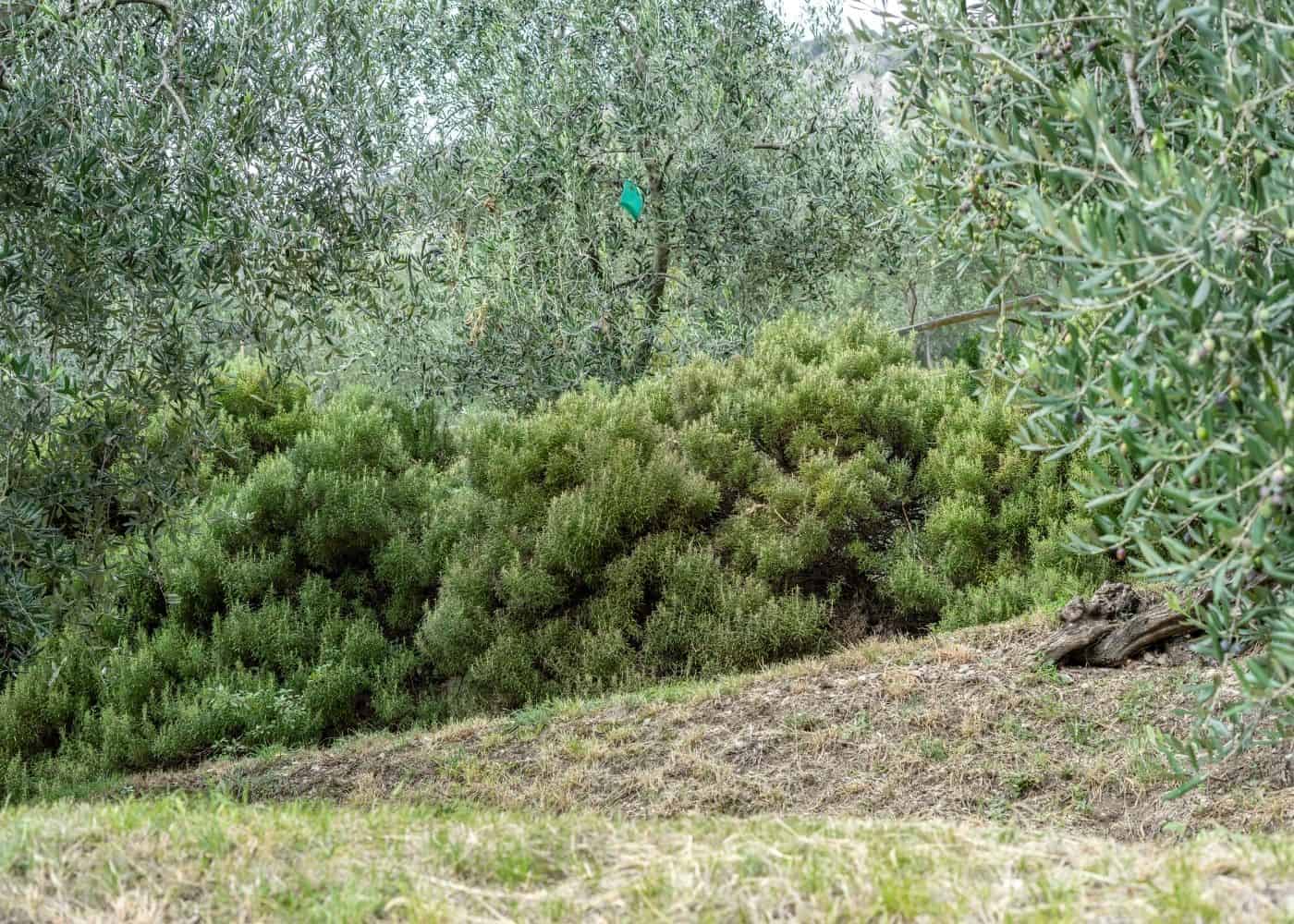
Best climate for growing a rosemary hedge
Because rosemary is a Mediterranean plant, it thrives in hot, moderately dry climates. Ideal conditions for growing rosemary are temperatures between 68-86 degrees Fahrenheit and at least 6-8 hours of direct sunlight.
Rosemary can struggle in cold climates. As far as USDA Hardiness Zones go, zones 8-11 are prime for growing rosemary. Rosemary hedges can sometimes survive in Zone 7 (especially if a cold-hardy variety like Arp Rosemary or Blue Spires Rosemary is used).
“Rosemary withstands light frosts but must not be frozen hard.”
Herbs: The Complete Gardeners Guide, by Patrick Lima
Which rosemary variety is best for a hedge?
Upright rosemary cultivars such as Blue Spires, Majorca Pink, Tuscan Blue, and Miss Jessopp’s Upright are best for tall rosemary hedges. Each of these varieties grows between 5-8 feet tall. For a shorter rosemary hedge, stick to Arp as this variety typically only grows 2-4 feet in height.


What soil is best for growing a rosemary hedge?
Like when you plant rosemary in a pot or the soil by itself, it requires well-draining soil. Avoid heavy clay soil where water pools. The roots of rosemary plants do not like to be waterlogged.
Look for a spot with naturally sandy loam if possible and enrich the soil with organic material such as homemade compost. Try to avoid planting a rosemary hedge in heavy clay. The soggy ground can invite root rot and eventually lead to the demise of the plant. Even if one plant in the hedge develops root rot, it can ruin the look of the whole hedge. If you must plant your rosemary hedge in clay soil, amend it with sand/perlite/pumice and compost prior to planting your hedge.
How long does it take for a rosemary hedge to grow?
The individual rosemary plants typically take about 3 years to grow together into a hedge shape. That said, a rosemary hedge with closely-spaced plants can knit together into a hedge within a year or two if it receives full sun, and ample water, and is planted in rich free-draining soil.
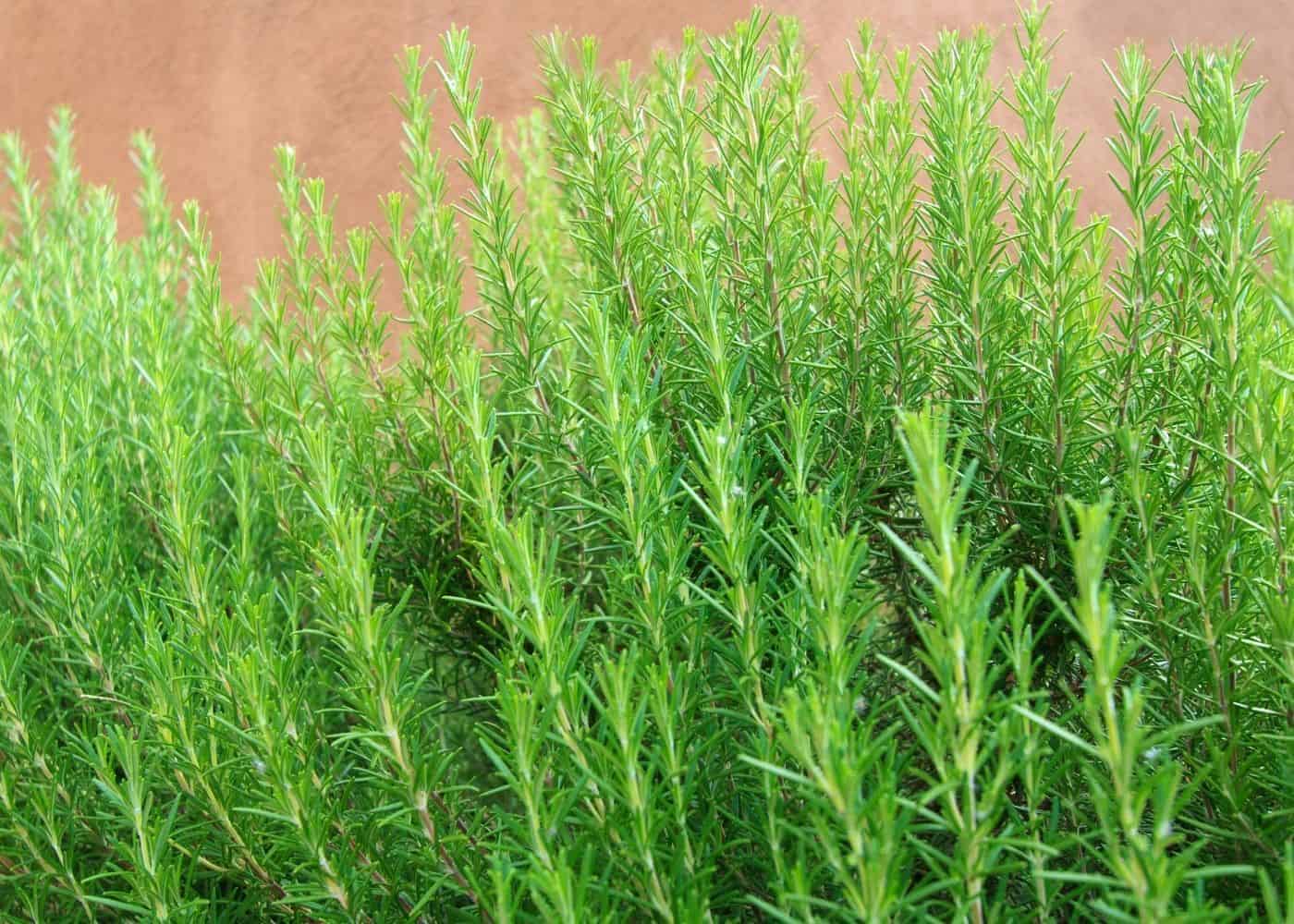
How to grow rosemary as a hedge
Growing rosemary as a hedge is hugely similar to growing rosemary in a pot or the soil. For example, your rosemary hedge needs well-draining soil, ample sunlight, and a moderately warm climate. The only difference is that you have many more plants to take care of versus one or two. Other than that, a rosemary hedge is easy to care for.
Take care when choosing your planting spot. Rosemary planted in heavy soil where water pools may develop root rot, and rosemary grown in the shade may not grow quickly or vigorously. Rosemary grown in cold climates likely won’t survive the winter intact if it freezes hard for a prolonged period.
Planting a rosemary hedge
Planting a rosemary hedge is similar to planting a singular rosemary plant. The only exception is the number of plants. Due to the number of plants, it’s best to lay out how you want your hedgerow to look before planting them in the ground. Laying out your hedgerow beforehand will eliminate any post-planting frustration.
How to space rosemary plants
Rosemary plants are quite forgiving when it comes to spacing, especially if the hedge is planted with smaller individual rosemary plants. For a dense hedge that can be pruned quite low, space the rosemary plants about 12″ apart. For a moderately-sized hedge, a spacing more like 2 feet apart will keep costs down and allow for larger plants. Larger varieties can be planted up to 3 feet apart for a full-sized free-form hedge.
Another thing to note is how uniform you want your rosemary hedge to look. For instance, planting your rosemary plants in a straight line produces a more uniform look. However, if you desire a more informal look, you can place your rosemary plants in a slightly staggered line. Also, consider your ideal height for the hedge. If you intend to trim the hedge back to 12″-18″ each spring, don’t space them too far apart.
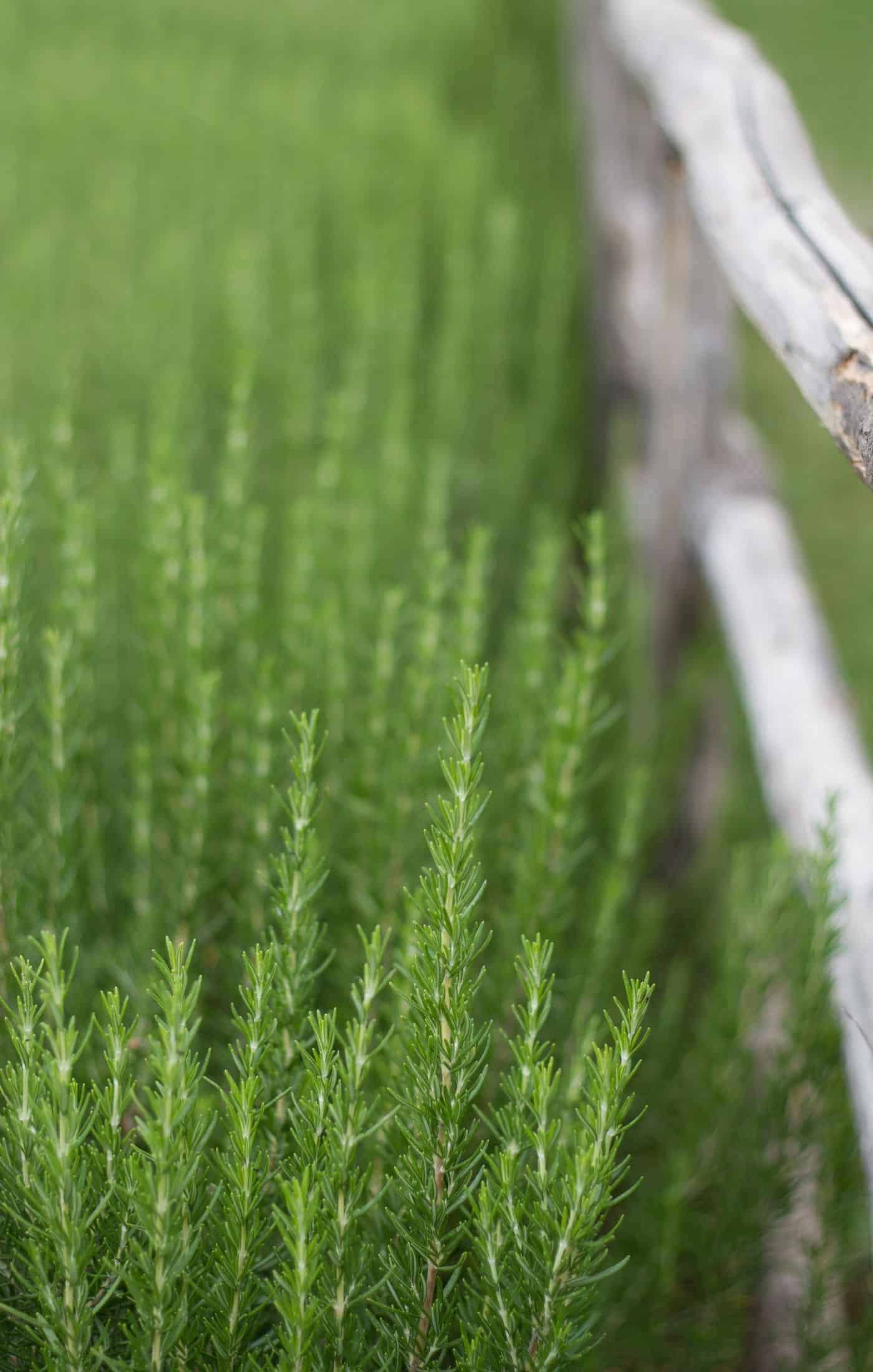
Plant care for rosemary grown as a hedge
Caring for a planted rosemary hedge is mainly about watering the rosemary correctly. While the plants will need consistent watering for the first few months after planting, these plants do much better in the long term with infrequent deep watering.
In most climates, rosemary hedges do well with a deep watering once every week or two. Let the water trickle deep into the soil to reach the roots of each plant (slide a shovel into the ground near the plants to check that the water is going down at least 6″-8″ deep). Then allow the soil to nearly dry out before watering again. Established rosemary plants can develop root rot if the soil is overly moist all the time. The roots need access to air as well as water!
When is the best time to prune a rosemary hedge?
Rosemary hedges are best pruned once a year in the springtime. If you miss the spring window for pruning, these hardy little plants can be pruned through summer. Try not to prune them in late summer or early fall if possible as the new growth is particularly susceptible to frost (rosemary plants can be damaged by cold weather). As a general rule, avoid pruning for 6 weeks before the average first fall frost date in your local area.
Rosemary hedges can be pruned at the same time as other semi-woody plants in the herb garden. Take some time to prune any standard-pruned rosemary trees, rosemary Christmas trees, or lavender trees at the same time as your rosemary hedge.
How to prune a rosemary hedge
When pruning your rosemary hedge, you’ll need sharp, clean shears to chop off any dead ends effectively. Next, cut back the stems by up to one-half of their length, allowing the plants to grow back bushier. This hard prune is generally done once a year in spring, starting only after the plants have grown slightly beyond their desired height and are starting to knit together.
Read more about how to prune rosemary.
What happens if I don’t prune my rosemary hedge?
If you don’t prune your rosemary hedge, your plants can start to look woody and disorganized. On the other hand, pruning your rosemary hedge keeps your plants looking tight and neat, giving them a uniform look.



